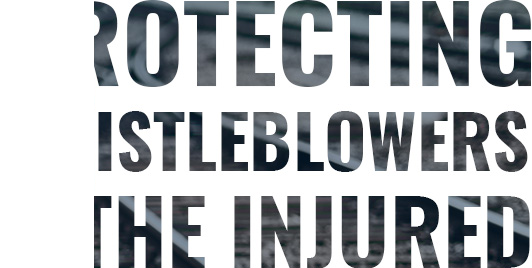Residents of Connecticut who take the train regularly may know about the crash on Feb. 4 between an Amtrak train and a CSX train that took place in South Carolina. Another accident took place on June 10, 2017, when a Long Island Rail Road train struck and killed a roadway worker in Queens Village, New York. An ongoing investigation into these two accidents has prompted the National Transportation Safety Board to issue three urgent recommendations for improving railway safety.
One of these recommendations was sent to the Federal Railroad Administration, and the other two were meant for the Metropolitan Transportation Authority. The first recommendation is for guidelines that ensure safe operations when workers suspend the traffic control signal system as well as guidelines that keep trains at low speeds when passing through signal suspensions.
Such guidelines can reduce the risk for collision during a signal suspension, which was a major factor in the Amtrak-CSX collision. Worker errors led to improper switch alignment, which resulted in the accident because dispatchers could only rely on track warrants.
The second and third recommendations are for the MTA to audit LIRR’s use of “train approach warning” and to apply corrective actions for non-compliance with the rules regulating it. The LIRR accident occurred because workers were using train approach warnings without having cleared the track.
Injured railway workers are covered through the Federal Employers Liability Act rather than the workers compensation program, so they may want to find a lawyer who concentrates on FELA claims before filing. Whether they incurred broken bones or a condition resulting from toxic chemical exposure, they will need to prove that the railway company was at fault. After gathering evidence, a lawyer may proceed to negotiations. Legal representation may be especially important if the railroad company tries to reduce the potential settlement.

